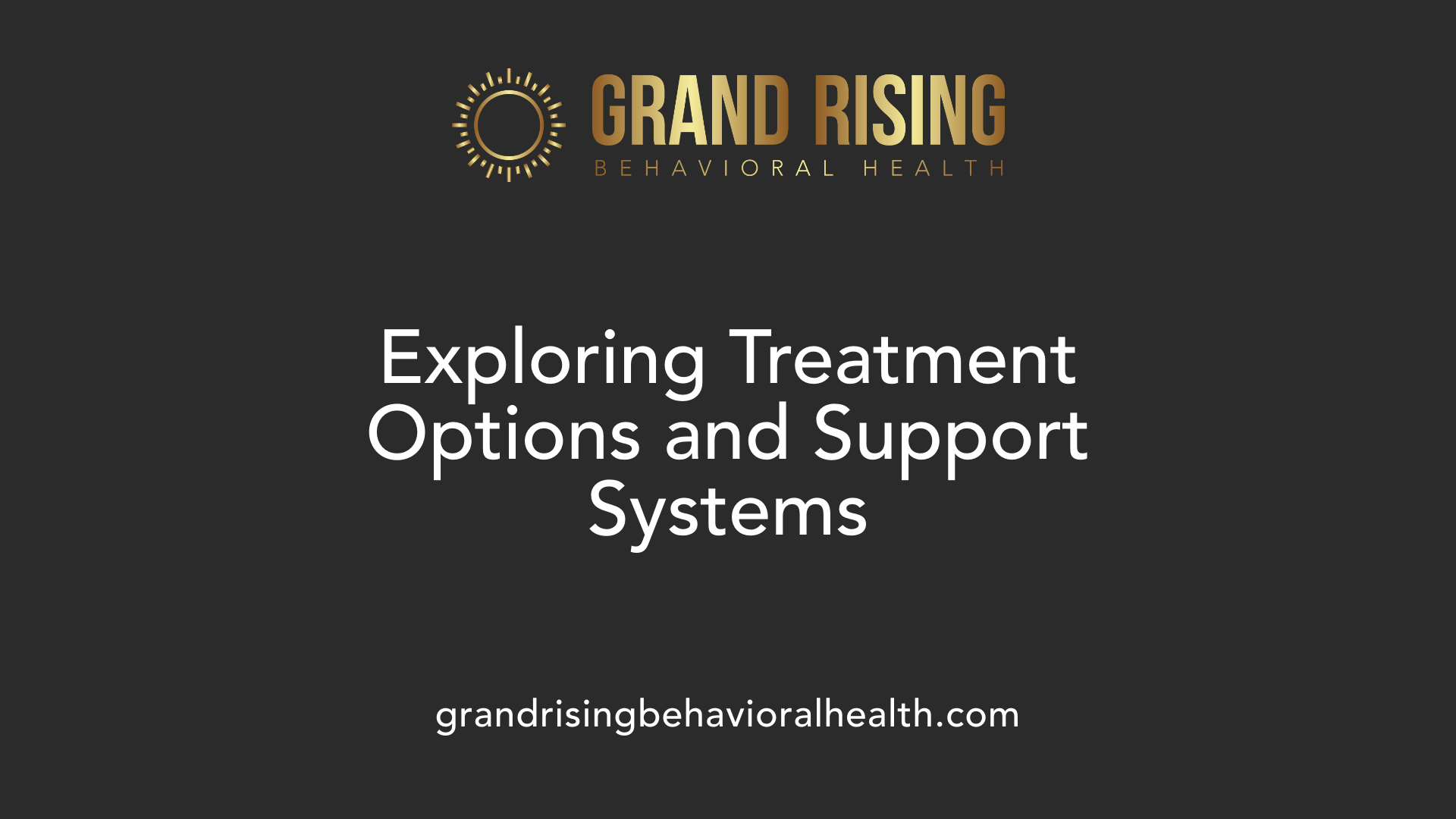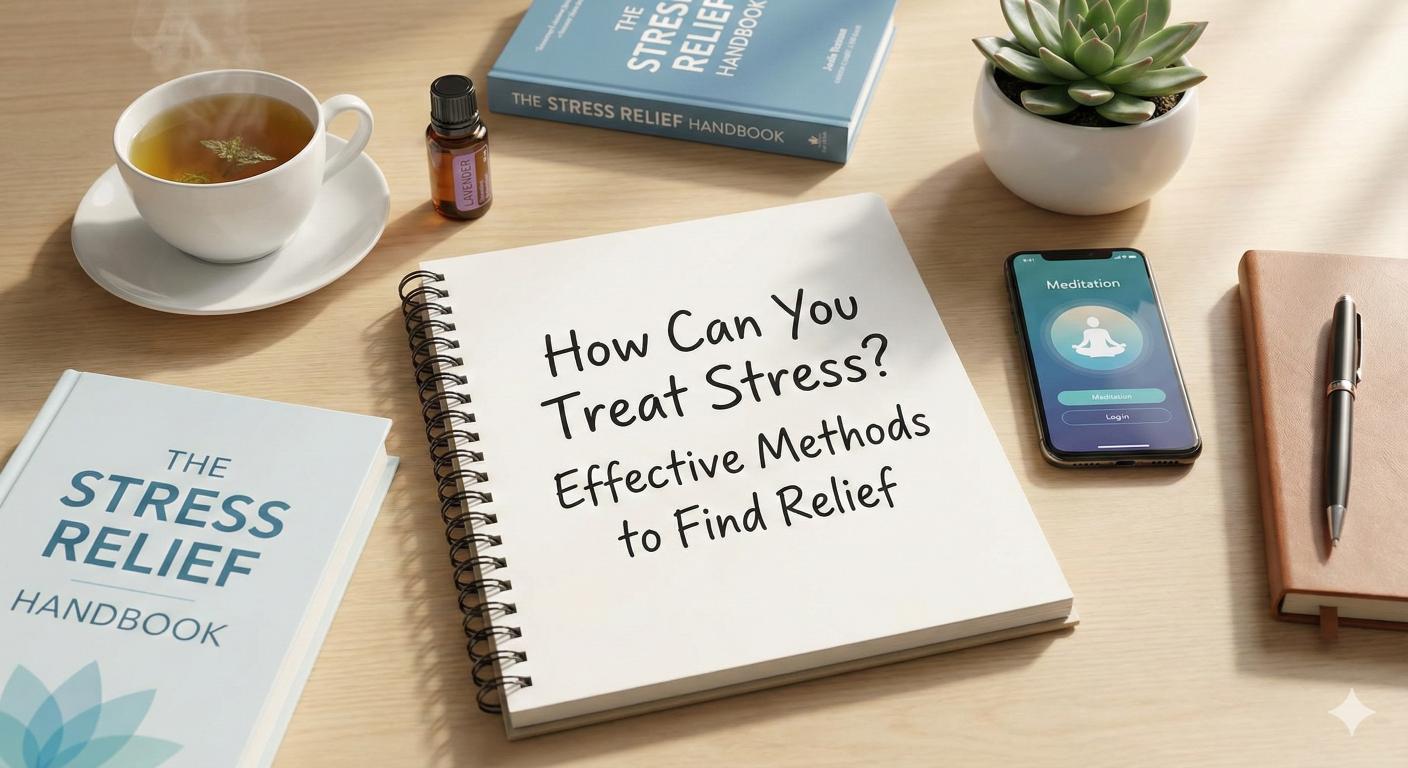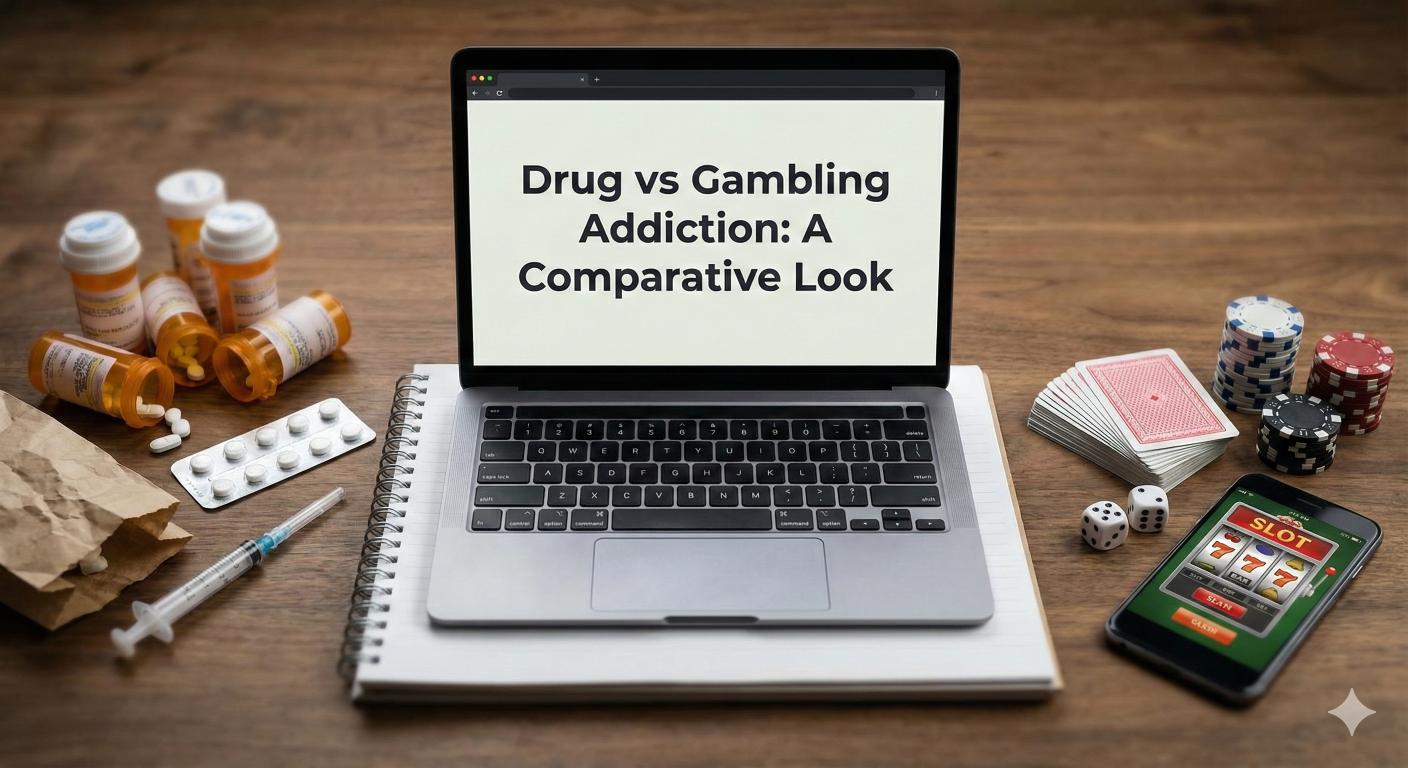How Behavioral Health Helps Adults with Emotional Disturbances
The Crucial Role of Behavioral Health in Managing Emotional Challenges in Adults

Understanding the Impact of Emotional Disturbances and the Role of Behavioral Health
Emotional disturbances in adults are complex and multifaceted, affecting millions globally. These disturbances encompass a wide array of emotional disorders that can disrupt daily functioning and diminish quality of life. As society increasingly recognizes the necessity of addressing mental health, behavioral health interventions emerge as pivotal in managing these challenges effectively. This article aims to explore how behavioral health practices enhance emotional regulation, improve mental well-being, and offer support to adults dealing with emotional disturbances.
The Connection Between Mental and Emotional Health

How does mental health influence emotional health?
Mental health significantly influences emotional health by shaping our thoughts, perceptions, and overall emotional responses. When individuals face mental health challenges—such as anxiety or depression—they often experience a range of negative emotions. This can manifest as feelings of sadness, anger, or frustration, all of which are vital components of emotional health.
Unhealthy thought patterns, like negative self-talk or cognitive distortions, can worsen emotional reactions and lead to a cycle of distress. Conversely, maintaining positive mental health can enhance emotional resilience. Individuals who cultivate their mental health can effectively cope with stressors and maintain a stable emotional state, which ultimately leads to a higher quality of life.
The impact of mental distress on emotional well-being
The interplay between mental distress and emotional well-being is evident in numerous ways. Emotional disturbances often arise from underlying mental health conditions. For instance, research shows that individuals with serious emotional illnesses and mental disorders, such as depression or bipolar disorder, may struggle with severe emotional dysregulation.
Additionally, behaviors associated with emotional dysregulation—like outbursts and self-harm—can further impair interpersonal relationships and daily functioning, contributing to a cycle of emotional instability. Addressing mental health issues through effective interventions, such as therapy or medication, is crucial for improving emotional well-being and ensuring individuals can lead fulfilling lives despite their challenges.
Ultimately, enhancing mental health can have profound benefits, positively impacting how individuals manage emotions and navigate their social environments.
Enhancing Emotional Regulation in Adults

How can individuals improve emotional regulation?
Individuals looking to improve their emotional regulation can start by gaining a deeper awareness of their feelings and the events that trigger them. This self-awareness is pivotal as it enables them to recognize when they are beginning to struggle with emotional control. Mindfulness practices, such as mindfulness meditation and deep breathing exercises, can significantly enhance this awareness, making it easier to manage emotional reactions over time.
Engaging in regular physical activity is another beneficial strategy. Exercise has been shown to release endorphins, which promote mood enhancement and overall emotional resilience. Additionally, pursuing hobbies and activities that bring joy can offer a constructive outlet for emotions, promoting mental clarity and emotional stability.
The role of therapy and self-awareness
Therapeutic intervention also plays a crucial role in improving emotional regulation. Techniques from therapies like Cognitive Behavioral Therapy (CBT) can help individuals reevaluate negative thought patterns that contribute to emotional distress. Therapists can provide tailored strategies that empower clients to navigate challenging situations with enhanced emotional control.
Overall, adopting these strategies not only helps individuals manage their emotions effectively but also fosters healthier relationships. Improved emotional regulation leads to reduced conflicts and enhances satisfaction in relationships, showcasing its multifaceted benefits for mental health.
Recognizing Symptoms of Emotional Disturbance

What are the symptoms of emotional disturbance in adults?
The symptoms of emotional disturbance in adults can manifest in various ways, highlighting the complexity of emotional health. Common indicators include persistent feelings of sadness or hopelessness. Many individuals may feel fatigued or experience changes in appetite and sleep patterns, further complicating their overall well-being.
Additionally, excessive worry and feelings of guilt can lead to withdrawal from social interactions. Irritability and mood swings are prevalent, alongside difficulty concentrating on daily tasks. Serious symptoms, such as suicidal thoughts or self-harm behaviors, necessitate immediate intervention and support.
Impact on daily life
Emotional disturbances can have a profound impact on daily functioning. Individuals may find it challenging to engage in work or maintain relationships effectively. As emotional stability declines, productivity in professional settings may suffer, leading to increased absenteeism and strained connections with colleagues and family.
Moreover, social isolation often compounds the effects of emotional disturbances, creating a cycle that feeds into further distress. Addressing these symptoms is crucial not only for improving individual quality of life but also for fostering healthier interpersonal relationships overall.
Characteristics and Types of Emotional Disturbances
What characteristics define emotional disturbances?
Emotional disturbances present a host of behaviors and symptoms that negatively affect an individual's daily functioning, especially during childhood. Key characteristics include:
- Inability to learn: Learning challenges that cannot be attributed to other factors, such as intellectual disabilities or sensory issues.
- Difficulty maintaining relationships: Struggles in developing and keeping friendships or other significant relationships.
- Inappropriate behaviors: Actions that do not align with social norms or expected behavior for their age group.
- Pervasive unhappiness or anxiety: Continuous feelings of sadness or worry that affect overall emotional health.
- Hyperactivity and aggression: Excessive movement and aggressive reactions that disrupt their environment.
- Withdrawal: Avoidance of social interactions, leading to isolation.
- Learning difficulties: Struggles with academic performance that stem from emotional issues rather than cognitive abilities.
Children may also exhibit distorted thinking and physical symptoms associated with anxiety related to personal or educational stressors.
What are the types of emotional disturbances?
Emotional disturbances encompass various conditions that significantly impact emotional and behavioral functioning. The main types include:
| Type of Disturbance | Description | Examples of Symptoms |
|---|---|---|
| Anxiety Disorders | Conditions marked by excessive anxiety that affects daily functioning. | Generalized anxiety, OCD, PTSD |
| Bipolar Disorder | Mood disorder characterized by extreme mood swings, including manic episodes. | Mood fluctuations, impulsivity |
| Conduct Disorders | Patterns of behavior that violate societal norms and the rights of others. | Aggression, deceitfulness |
| Eating Disorders | Disorders related to severe disturbances in eating behavior and body image perception. | Anorexia, bulimia |
| Obsessive-Compulsive Disorder | Repetitive thoughts and behaviors that are distressing and interfere with daily life. | Compulsions, intrusive thoughts |
| Psychotic Disorders | Severe mental disorders that affect perception of reality. | Delusions, hallucinations |
Each of these disturbances can lead to various emotional, behavioral, and academic challenges. Recognizing these conditions early on is critical for effective intervention and support.
Treatment and Support Systems for Emotional Disturbances

What are the treatment options for emotional disturbances?
Treatment for emotional disturbances is multifaceted, incorporating both therapeutic and medication approaches. Psychotherapy, particularly therapies like Cognitive Behavioral Therapy (CBT) and Dialectical Behavior Therapy (DBT), empowers individuals to understand and reshape unhealthy thought patterns and behaviors. These therapies equip individuals with coping mechanisms, enabling better emotional regulation and management of intense reactions.
Medications like antidepressants and mood stabilizers are also effective in alleviating symptoms associated with mood disorders. For individuals who do not respond to these traditional treatments, alternative interventions such as Electroconvulsive Therapy (ECT) and Transcranial Magnetic Stimulation (TMS) might be considered.
Additionally, mindfulness practices, including meditation and deep-breathing exercises, play a significant role in improving emotional awareness and decreasing emotional reactivity. Behavioral activation strategies encourage engagement in healthy lifestyle practices, which can boost mood and alleviate symptoms of anxiety and depression.
Alternative treatments and coping strategies
Alternative treatments can further complement conventional therapies. Techniques like journaling, physical exercise, and spending time in nature contribute to emotional stability. These coping strategies encourage self-reflection and reinforce positive lifestyle changes, proving beneficial for emotional management.
Overall, with appropriate and ongoing treatment, many individuals can successfully navigate their challenges and lead fulfilling lives. Access to a range of supports is crucial for those facing emotional disturbances.
The Role of Public Health in Behavioral Health Services
Public Health Approaches to Mental Health
Public health plays an essential role in enhancing behavioral health services by advocating for effective prevention strategies. These strategies aim to identify and address risk factors contributing to mental health disorders, often before they escalate into more severe conditions. Initiatives that promote awareness of mental health issues within communities can significantly improve access to resources for those in need.
Prevention and Intervention Strategies
Public health professionals also focus on increasing access to behavioral health interventions, particularly for marginalized communities. By implementing community-based programs and resources, they work to reduce barriers to mental healthcare. Strategies include educating individuals about emotional distress and mental illnesses, as well as promoting early intervention to improve outcomes.
| Public Health Strategy | Objective | Impact |
|---|---|---|
| Awareness Campaigns | Educate communities about mental health | Decrease stigma and improve access |
| Community Resources | Provide support and information | Enhance care accessibility |
| Early Intervention Programs | Address mental health issues promptly | Improve long-term outcomes |
Overall, the integration of public health strategies into behavioral health services can significantly enhance the wellbeing of individuals experiencing emotional disturbances.
Integrated Behavioral Health and Inclusive Support

Integrated healthcare approaches
Incorporating integrated mental health care within primary care settings has shown significant benefits for patients with emotional disturbances. This holistic approach improves accessibility to behavioral health services, allowing better support for individuals navigating mental health issues alongside physical health concerns.
Adopting lifestyle medicine principles, such as connecting mental well-being with factors like diet, exercise, and stress management, further enhances emotional regulation. Therapies including Acceptance and Commitment Therapy (ACT) and Dialectical Behavior Therapy (DBT) are instrumental in helping adults manage their emotions effectively.
Support for marginalized and at-risk populations
Access to mental healthcare remains a critical issue, especially for marginalized communities. These individuals often face heightened barriers in obtaining necessary support. Behavioral interventions must focus on these populations, ensuring they receive tailored assistance to address emotional disturbances effectively.
Programs like Special Olympics' Strong Mindfulness aim to fill these gaps, demonstrating proactive measures to enhance coping skills and emotional health in vulnerable groups. This approach emphasizes the importance of ongoing assessment and multifaceted treatment strategies, encouraging recovery and resilience.
Managing Emotional Dysregulation Across Psychiatric Disorders
Emotional dysregulation in mental health disorders
Emotional dysregulation is a common feature across various psychiatric conditions, characterized by difficulties in managing emotional responses. This inability can lead to significant issues such as interpersonal conflicts and impaired daily functioning. Conditions like ADHD, borderline personality disorder, and anxiety disorders often exhibit high levels of emotional dysregulation, where individuals may react intensely to minor triggers and experience symptoms such as mood swings, outbursts, and overwhelming negative emotions.
Cross-diagnostic treatments and interventions
To effectively address emotional dysregulation, therapeutic interventions like Dialectical Behavior Therapy (DBT) and Cognitive Behavioral Therapy (CBT) have proven to be beneficial. These therapies teach individuals coping mechanisms and emotional regulation skills aimed at reducing symptoms and improving overall quality of life. Additionally, adopting mindfulness practices can enhance emotional awareness, offering a supportive approach for managing emotional responses across various disorders. Continuous assessment and integration of tailored strategies are essential for achieving lasting outcomes in emotional regulation.
The Path to Emotional Well-being Through Behavioral Health
Behavioral health serves as a cornerstone in managing emotional disturbances, offering strategies and support to enhance emotional regulation and overall well-being. By integrating various treatment modalities, including therapy and mindfulness practices, adults can achieve better mental health outcomes and lead more fulfilling lives. These interventions are critical in addressing the complex needs of those with emotional disturbances, advocating for accessible and comprehensive support across healthcare systems. As we move forward, a continued emphasis on behavioral health can foster resilience and stability, empowering individuals to overcome the challenges posed by emotional disturbances.
References
- The Importance of Emotional Regulation in Mental Health - PMC
- HELP with Emotional and Behavioral Concerns - IDD Toolkit
- About Behavioral Health | Mental Health - CDC
- Emotional Disorders: Symptoms, Diagnosis, Treatment - Healthline
- Emotion regulation across psychiatric disorders - PubMed Central
- How To Cope With Emotional Disorders - Headlight Health
- People with Serious Mental Illness, Emotional Disturbances or ...
- Emotional Dysregulation: 11+ Types, Causes, & Best Treatments
- The Mental Health of People with Disabilities - CDC
- Mental Health - Causes, Symptoms, Treatment & Help | SAMHSA
More Resources
A team ready to start your journey.
Get in touch — today.
We are a safe space – a haven for exceptional individuals to receive discreet, personalized, in-person treatment and care.
.avif)










